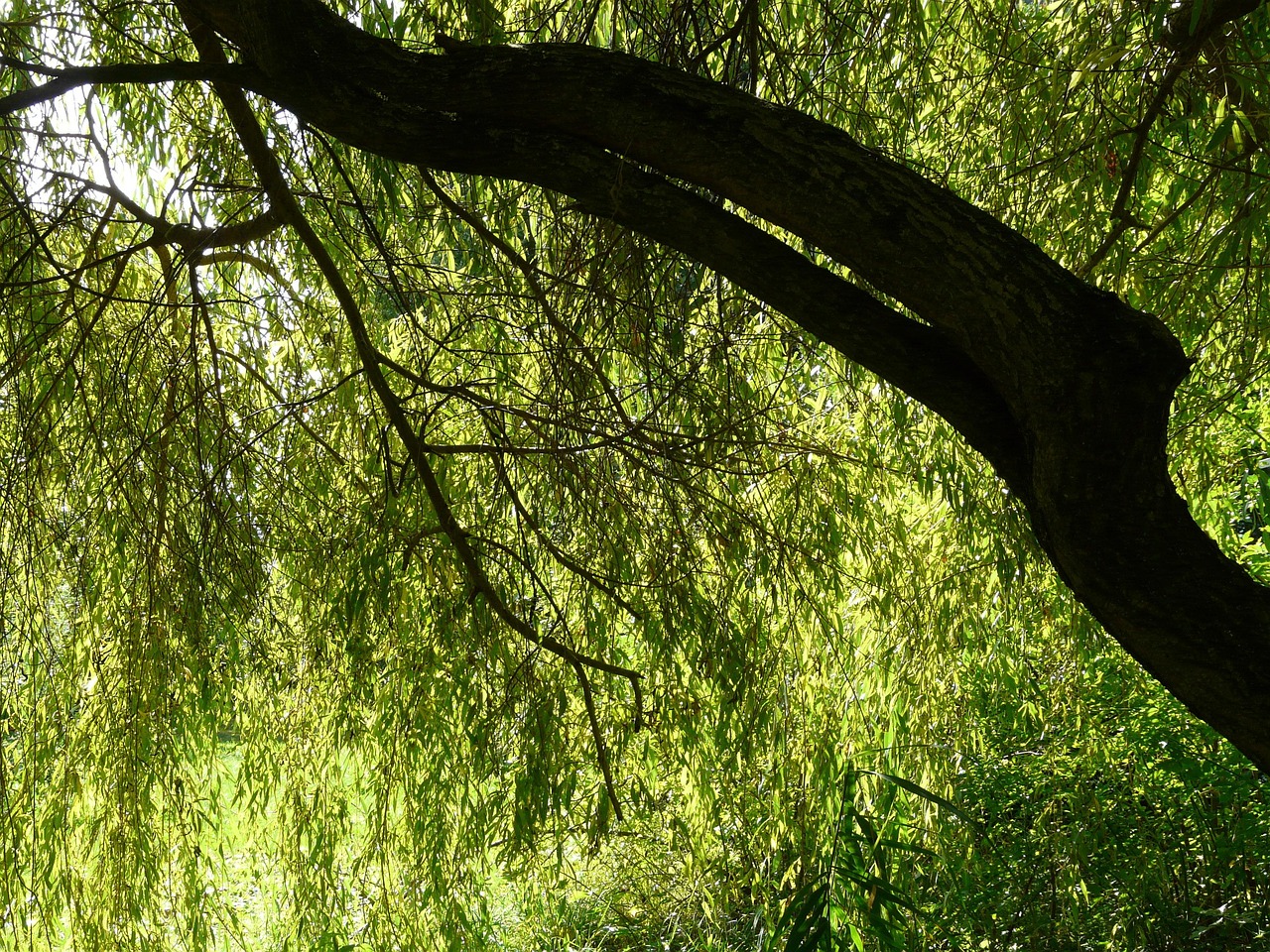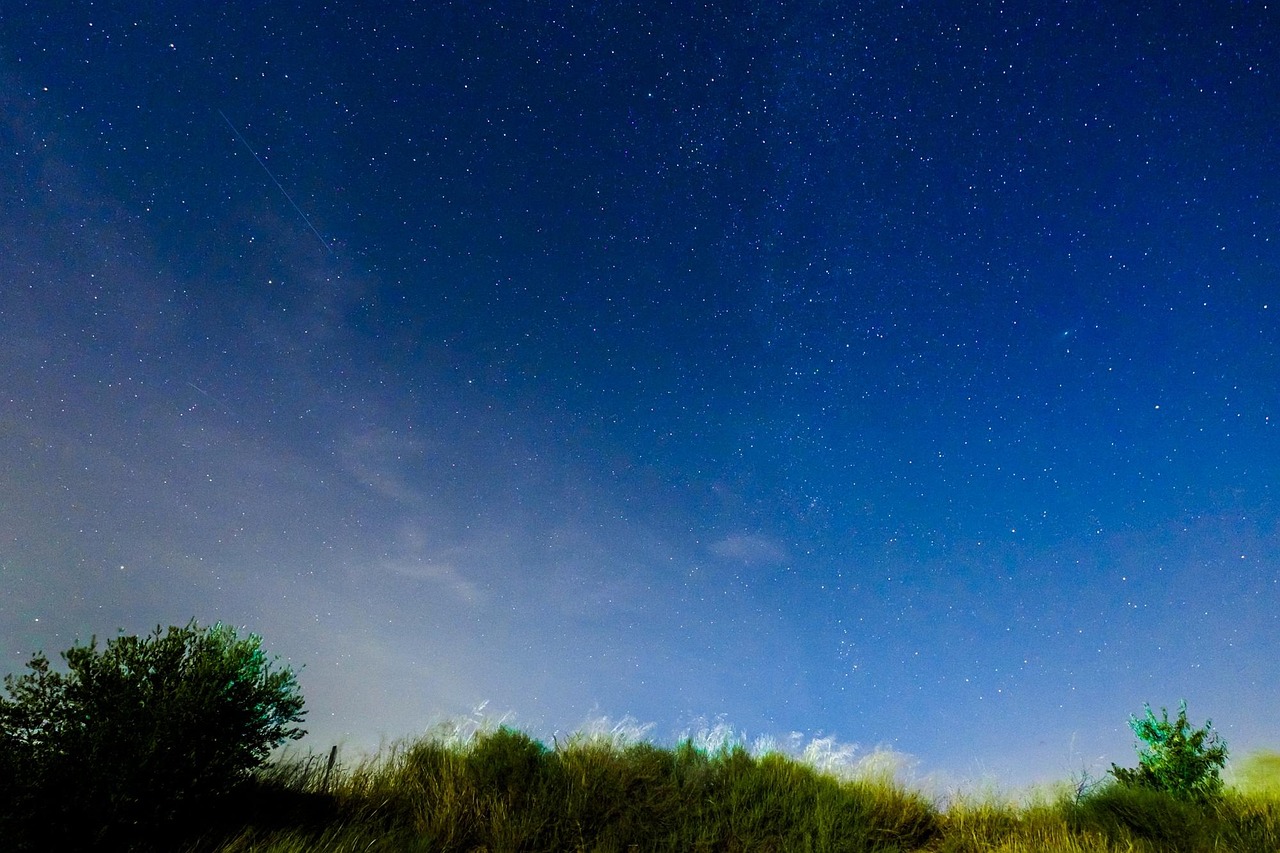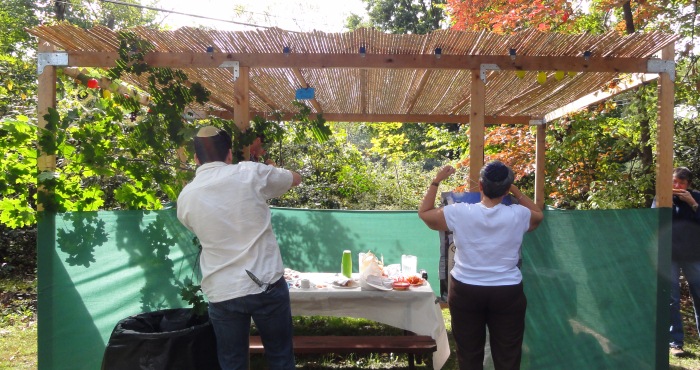And the tree of life in the midst of the garden – was a cypress. Cupressus sempervirens. Touched by the four winds, it blossomed forth souls.
The tree of life on the west coast is also a cypress. Thuja plicata. The western redcedar. The wood provided shelter and transportation. Its supple inner bark, clothing. Roots became rope or thread. It provided life. It still does.
I like to press my face against its soft stringy bark – sometimes speckled with olive-green club lichen that fruit red in the spring – and inhale deeply. The spicy aroma of the forest rises from it, a smell that reminds me of scouring neighborhoods in the weeks before sukkot for late-season cuttings. We would sit late into the night in our plain wooden sukkah covered by cedar boughs, skies clear and cold or dripping with a never-ending rain – depending on the year – and tell stories, jokes, sing a sukkaleh a kleine until the cups of tea and licorice liqueur no longer kept us warm.
Palm branch, citron fruit, twigs of myrtle and willow. But I wish to take a redcedar frond, salal and spirea, and pacific crab apple and bring them together, make the blessing, and shake them in the six directions.














